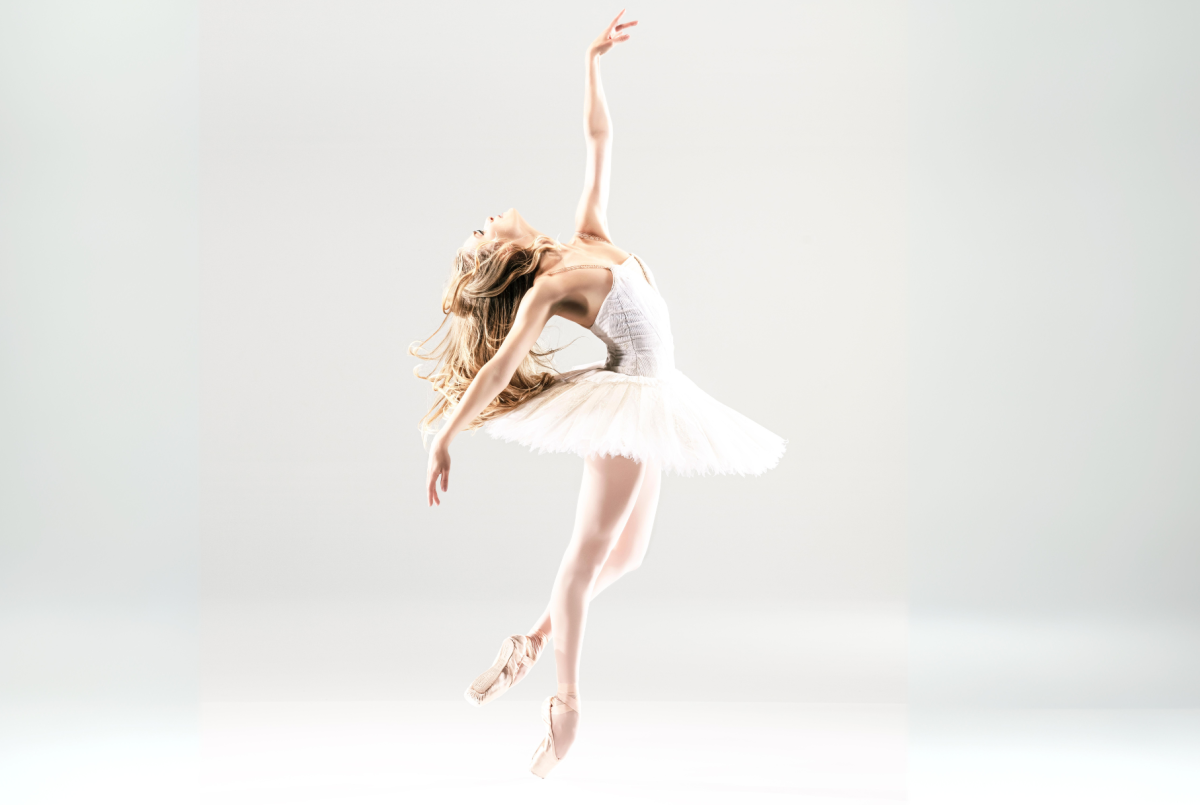Good and evil, loyalty and betrayal, honesty and deception—Swan
Lake presents a narrative rich with elemental dichotomies. There’s
even duality embodied in the main character; Odette, the innocent white swan, and Odile, the manipulative black swan, are portrayed by the same dancer. In life and onstage, swans are both beautiful and very fierce, and conveying the nuances of the sharply contrasting feminine archetypes of Odette and Odile is one of the great artistic challenges for a ballerina.
In the story of Swan Lake, the sorcerer Von Rothbart puts a spell on Odette, making her a swan by day and woman by night. To break the spell requires a man who will promise his love— and remain faithful to that vow. After Prince Siegfried meets Odette deep in the forest, falls in love, and declares his loyalty, Von Rothbart brings his daughter Odile (disguised to look like Odette) to a ball at the Palace at which Siegfried must choose a wife. When Siegfried unwittingly proclaims his love for the wrong woman, Odette must remain a swan forever.
The epitome of virtuous innocence, Odette is gentle and vulnerable, a heroine yearning for true love whose ethereal grace conveys a sense of tragic beauty. Her movements are smooth and graceful, with arms that ripple like the surface of a moonlit lake, sustained balances, and delicate footwork. Dancing the role of Odette demands exquisite control, particularly in the slower, extended movements, as well as the emotional depth to effectively convey the character’s poignant journey in pursuit of enduring love.
Assertive and seductive, Odile is emblematic of feminine confidence and power. It’s a part that requires showstopping displays of technical prowess, with expansive movements, powerful jumps, and a famous series of 32 fouetté turns. Performing the role of Odile requires a fearless physicality, as well as the ability to portray manipulation and cunning while also maintaining an enigmatic sense of grace and allure.
Across three acts, the dancer portraying Odette and Odile changes not just costumes, but demeanor and movement quality, transitioning seamlessly from sweepingly romantic to seductively flirtatious. There are
echoes of the ways Odette moves in Odile’s dancing; her arms also move like wings, but with an authority and vigor that evokes a completely different personality. From Odette’s gentle selflessness to Odile’s imperious charisma, each character excels at what the other lacks.
Because of this duality, the ballroom scene in which Odile seduces the Prince becomes rather meta: the dancer knows that the audience knows that she’s tricking the prince, and also that the audience is watching to see how she’ll pull it off. For the narrative to work, the Prince needs to see enough of Odette to declare his everlasting love for her, while the audience needs to feel that they’re in on the ruse and can easily tell it’s not Odette.
Portraying one of the two characters often comes more naturally to most ballerinas, depending on individual strengths, artistic inclinations, emotional connection to the characters, and even stage in life (think Taylor Swift: if Odette maps to the “Lover” era, Odile definitely rocks the “Reputation” era). The artistic choices dancers make in their portrayal of
the dual role are yet another element of what makes watching Swan Lake enduringly fascinating; it’s revealing not just of the skill of the dancer portraying Odette and Odile, but also a bit of her temperament, disposition, and personality.



